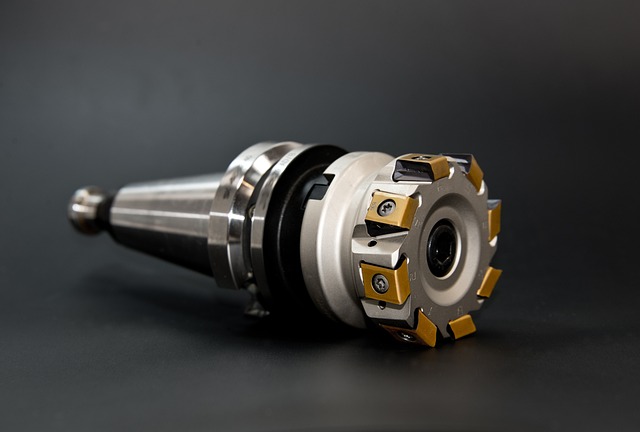Gas mileage (MPG) optimization through strategic modifications like cold air intakes (CAIs) offers significant fuel savings for vehicle owners. CAIs improve combustion efficiency by providing cooler, denser air to the engine, leading to up to a 10% increase in MPG and higher power output. Along with regular tire pressure maintenance, weight reduction, and smooth driving habits, these modifications contribute to enhanced vehicle performance and safety while reducing environmental impact.
Looking to boost your vehicle’s gas mileage? Understanding how factors like engine performance and design impact miles per gallon (MPG) is key. In this article, we’ll explore two primary areas: “Understanding Gas Mileage and Its Factors” and “The Role of Cold Air Intake in MPG Improvements.” Additionally, we’ll delve into “Exploring Other Fuel Efficiency Techniques,” providing practical insights to enhance fuel economy, including the benefits of a cold air intake system.
- Understanding Gas Mileage and Its Factors
- The Role of Cold Air Intake in MPG Improvements
- Exploring Other Fuel Efficiency Techniques
Understanding Gas Mileage and Its Factors

Gas mileage, or fuel efficiency, is a critical factor for many vehicle owners, impacting both their financial and environmental footprints. Understanding what affects gas mileage can empower drivers to make informed choices and potentially increase their vehicle’s miles per gallon (MPG). Several key factors play a significant role in a car’s fuel economy. One effective way to boost MPG is by installing a cold air intake system. This simple modification ensures that the engine receives cooler, denser air, improving combustion efficiency and resulting in better gas mileage.
Other considerations include maintaining optimal tire pressure, as underinflation can lead to increased rolling resistance; keeping your vehicle well-maintained with regular oil changes, as a clean engine runs more efficiently; and adopting efficient driving habits, such as avoiding rapid acceleration and high-speed cruising. By understanding and managing these factors, drivers can expect notable MPG improvements, leading to significant fuel savings over time.
The Role of Cold Air Intake in MPG Improvements

Cold air intakes are a popular modification among car enthusiasts looking to boost their vehicle’s performance and gas mileage. This simple upgrade plays a significant role in MPG improvements, especially for those who want to maximize fuel efficiency. By allowing cooler air to enter the engine, cold air intakes ensure that more oxygen is available for combustion, resulting in better fuel burning and increased power output. Cooler air is denser, containing more oxygen molecules per unit volume, which enhances the chemical reaction within the engine cylinders, leading to improved gas mileage.
This process is particularly beneficial for modern vehicles with fuel-injected engines, as it can help optimize the air-fuel mixture, reducing waste and improving overall efficiency. Many cold air intake systems are designed to draw air from outside the vehicle, often through a filter, ensuring a steady supply of clean, cool air directly to the engine. This direct path bypasses the warm, humid air typically drawn in through the stock intake system, which can lead to reduced performance and less-efficient combustion. As a result, drivers may notice a noticeable increase in their fuel economy, translating to significant savings at the pump.
Exploring Other Fuel Efficiency Techniques

In addition to choosing the right vehicle and maintaining it properly, several techniques can further enhance your gas mileage. One effective method is installing a cold air intake system. This simple upgrade directs cooler, denser air into the engine, allowing for more efficient combustion and potentially improving MPG by as much as 10%. By maximizing the fuel you put in your tank, a cold air intake offers a cost-effective way to increase your vehicle’s fuel efficiency.
Other less invasive strategies include regularly inspecting and maintaining your tires to ensure optimal pressure, reducing unnecessary weight in the trunk, and adopting gentle driving habits, such as avoiding rapid accelerations and decelerations. These practices not only contribute to better fuel economy but also enhance overall vehicle performance and safety.
In understanding gas mileage and its various factors, from cold air intake to other fuel efficiency techniques, it’s clear that significant MPG improvements are achievable. Integrating modifications like a cold air intake system can lead to noticeable gains in fuel efficiency. Additionally, exploring alternative methods such as regular maintenance, lightweight wheels, and aerodynamic adjustments further enhances overall vehicle performance. By adopting these strategies, drivers not only save money on fuel but also contribute to a greener environment.














